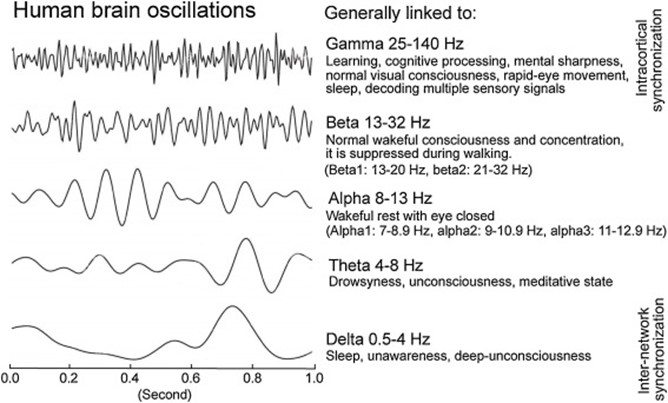Time to talk about Pain
AbdulSamad Olagunju / July 07, 2021
3 min read
Welcome to another blog post! This post will be an informal stream of my thoughts as I read a research article.

Quote of the Post:
"Our normal expectations about reality are created by a social consensus. We are taught how to see and understand the world. the trick of socialization is to convince us that the descriptions we agree upon define the limits of the real world. What we call reality is only one way of seeing the world, a way that is supported by social consensus." - Carlos Castanedas
If you want to read the article first: Direct Link to the Paper
We all know pain a little too well. It can be physical (I still remember scraping my knee running after a soccer ball in the fourth grade—still have the scars too). It can be emotional (I’ll never forget that shot by Dame ☹).

When your sensory system detects some sort of painful stimulus, it responds by sending signals to your brain. Today, we read through a review article outlining what brain oscillations (lots of brain signals) can tell us about pain.
What parts of the brain are responsible for pain? As you know, there is a temporal lobe of the brain, responsible mainly for some aspects of memory and hearing. There is an occipital lobe, responsible for sight. However, there is no region of the brain that is mainly responsible for dealing with pain perception. This makes pain quite difficult to study. Many brain regions process pain.
This makes sense because you wouldn't want one brain region responsible for determining if a bear was chomping down on your foot, or if you had left your hand on the stove for too long. You don’t want a malfunction in one of your lobes taking away the most important warning system in your body. The perception of pain is such an important mechanism in the human body.
The reviewers state that research is pointing to certain brain waves indicating pain perception. Brain waves are just electrical signals we measure from the brain. This happens because inside the brain, ions (positive and negative particles) move around. The movement of these ions are responsible for allowing you to make your coffee in the morning, or going for your evening jog.

Scientists believe that action potentials (electrical signals moved across neurons via ions) are what get information from your muscles to your brain, and back down to your muscles so you can perform some behaviour. We can measure the electrical changes happening in your head, and there are certain oscillations that are important to how your brain functions. The oscillations range from intraslow to ultrafast.

Pain research has associated the feeling of pain with increases in gamma and other high frequency bands, and the reduction of low frequency bands. These oscillatory rhythms are found in the somatosensory, insula, and prefrontal cortex.
There have been some oscillations seen frequently in people with chronic pain issue, but I feel like they aren’t revealing anything useful. I feel like I won't trust these results to be significant until scientists perform experiments trying to reduce these brain waves and there is some level of benefit to patients with chronic pain. Plus, I would love if they had some tech more advanced than scalp recordings.
Feels like this is about to get interesting. To learn more, you have to read part 2.
Link:
